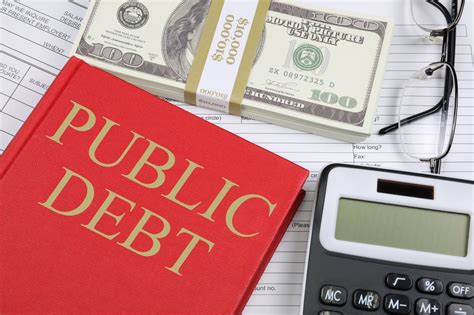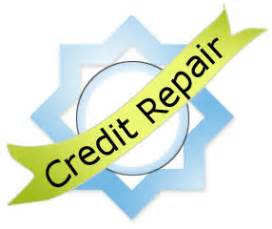Confronting the High-Interest Beast: A Man’s Financial Playbook
High-interest credit card debt isn’t just a nuisance; it’s a relentless drain on your finances, silently eroding your hard-earned money and delaying your financial goals. For many men, the drive to provide, build, and secure their future is strong, but this debt can feel like an invisible barrier. It’s time to stop the bleed and implement a strategic plan to not only eliminate this debt but also save a substantial amount of money in the process.
Understanding the Enemy: How High Interest Works Against You
Imagine paying 18-25% interest on your outstanding balance. That’s money that could be going into savings, investments, or towards something you actually want. High-interest rates mean a significant portion of your monthly payment is simply covering interest, barely touching the principal. This creates a vicious cycle that’s hard to break without a deliberate strategy. Recognizing this hidden cost is the first step toward reclaiming your financial power.
The Powerhouse Strategies: Avalanche vs. Snowball
When it comes to debt repayment, two primary strategies stand out: the Debt Avalanche and the Debt Snowball. Both require discipline, but they tackle debt from different angles.
The Debt Avalanche: Mathematically Superior
The Debt Avalanche method prioritizes paying off your credit card with the highest interest rate first, while making minimum payments on all other cards. Once that highest-interest card is paid off, you take the money you were paying on it and apply it to the card with the next highest interest rate. This method saves you the most money on interest over time because you’re targeting the most expensive debt first.
The Debt Snowball: Psychologically Empowering
The Debt Snowball method focuses on momentum. You pay off your smallest credit card balance first, regardless of the interest rate, while making minimum payments on all other cards. Once the smallest debt is gone, you roll that payment amount into the next smallest debt, and so on. This creates a psychological win that can keep you motivated, especially if you need quick wins to stay on track.

Which method is best for you depends on your personality. If you’re driven by logic and want to save the maximum amount of money, the Avalanche is your pick. If you need psychological boosts to maintain consistency, the Snowball might be more effective.
Tactical Moves to Accelerate Your Debt Crush
Beyond the core strategies, several tactical maneuvers can significantly speed up your debt repayment journey.
Balance Transfers: A Temporary Reprieve
Consider a balance transfer to a new credit card with a 0% introductory APR. This can give you 12-18 months (or more) to pay down a significant portion of your debt without incurring interest. Be strategic: ensure you can pay off the transferred balance before the promotional period ends, and be mindful of any balance transfer fees. This is a powerful tool when used correctly, providing a crucial window to make serious progress.
Negotiate with Creditors: Don’t Be Afraid to Ask
Many credit card companies are willing to work with you, especially if you have a good payment history or are in genuine financial distress. Call them and ask for a lower interest rate. You might be surprised by their willingness to compromise to keep you as a customer. Even a few percentage points can save you hundreds, if not thousands, over time.

Boost Your Income or Slash Expenses
This is foundational. Every extra dollar you can throw at your high-interest debt will shorten your repayment timeline and reduce the total interest paid. Can you pick up a side hustle? Sell unused items? Or perhaps trim discretionary spending like dining out, subscriptions, or entertainment for a period? Think of this as a temporary, aggressive sprint towards financial freedom.
Building a Bulletproof Financial Future
Crushing debt isn’t just about getting rid of it; it’s about preventing its return and setting yourself up for future success.
Create a Rigorous Budget
A budget isn’t about restricting yourself; it’s about empowering yourself through conscious spending. Track every dollar in and every dollar out. Identify where your money is truly going and find areas to reallocate funds towards your debt repayment and savings goals. This disciplined approach is critical for long-term financial health.

Build an Emergency Fund
Once you start making headway on your debt, divert a portion of your freed-up funds to an emergency fund. Aim for at least 3-6 months of living expenses. This fund acts as a financial shield, preventing you from relying on credit cards again when unexpected expenses arise.
Mental Fortitude: Staying the Course
Debt repayment is a marathon, not a sprint. There will be moments of frustration and temptation. Maintaining mental discipline is key. Set clear, measurable goals, track your progress visually, and celebrate small victories. Remind yourself of the long-term benefits: reduced stress, greater financial freedom, and the ability to invest in your future.

Your Debt-Crushing Action Plan
It’s time to take control. Start today by listing all your credit card debts, their balances, and interest rates. Choose either the Avalanche or Snowball method. Look for opportunities to balance transfer or negotiate. Commit to a strict budget and start building your emergency fund. This isn’t just about paying bills; it’s about strategically dismantling a major financial obstacle and saving serious money, paving the way for a more secure and prosperous future.





